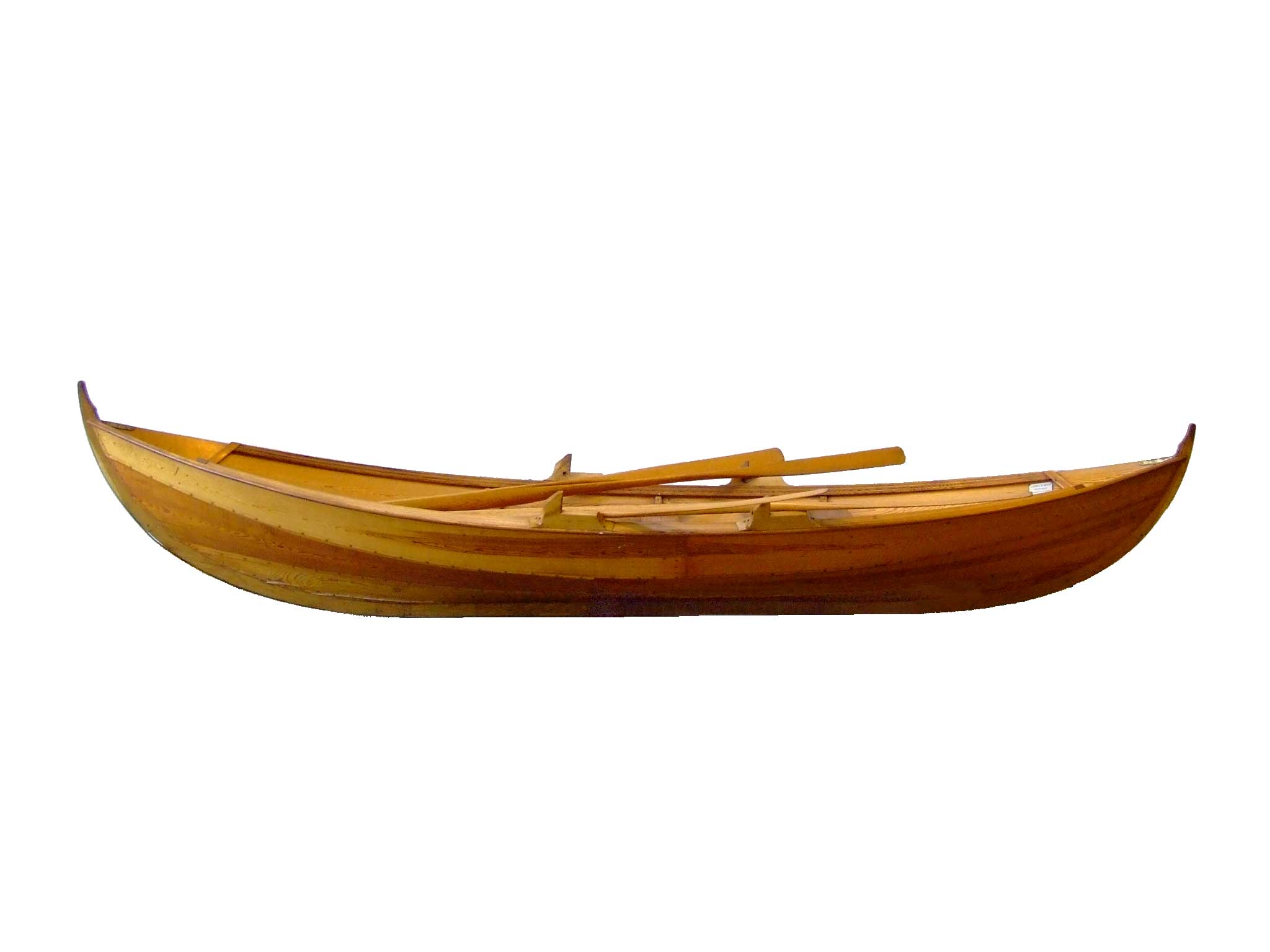
This style of boat is typical of those still being built in and around Os, a town situated in southwest Norway, near Bergen.
It represents a type used in this part of Norway from Viking times until the present day.
The oldest documentation of Norwegian boat building is portrayed in ancient rock carvings dating from 1800–500 B.C., whilst finds of ancient boats and boat remains can be dated back to the beginning of the Christian era. The Vikings were renowned as seamen, and their reputation was based on a fully developed boat building culture. The techniques, tools and materials chosen and developed by craftsmen have remained in use along the coast for many centuries. The craft of boat building was handed down from generation to generation, maintaining its ancient traditions.
The lack of coastal villages and ports on this remote coastline meant that boats were vital for transporting people and goods. They had to be light, shallow drafted, and able to work with three or four crew.
The Oselvar is an example of a simple boat, with graceful lines, descended from an expanded and extended dugout, and built with overlapping planks. It was exported in large numbers to Shetland from where it influenced boat construction and shape in the north of Britain, and gave rise to the very similar fourern used by Shetland fishermen until recent years.
On this example, built in 1969, copper fastenings have been employed, although traditionally iron nails and wooden treenails were used.
The Oselvar Boat Builder’s Yard was established in 1997 in order to carry on the building of the Oselvar boats, using traditional skills.
Dimensions
Length 4.9m
Beam 1.46m
Draft 0.3m


